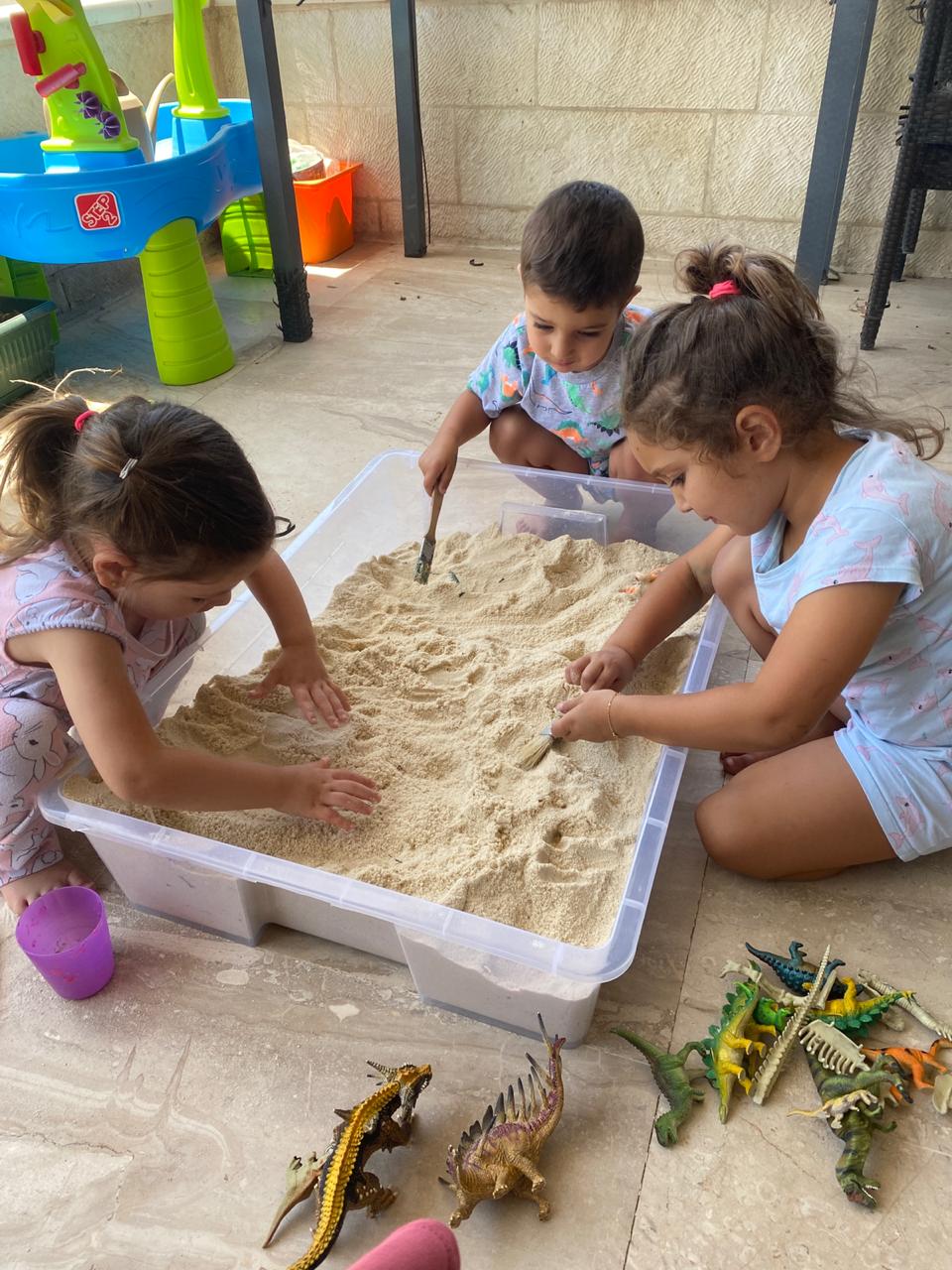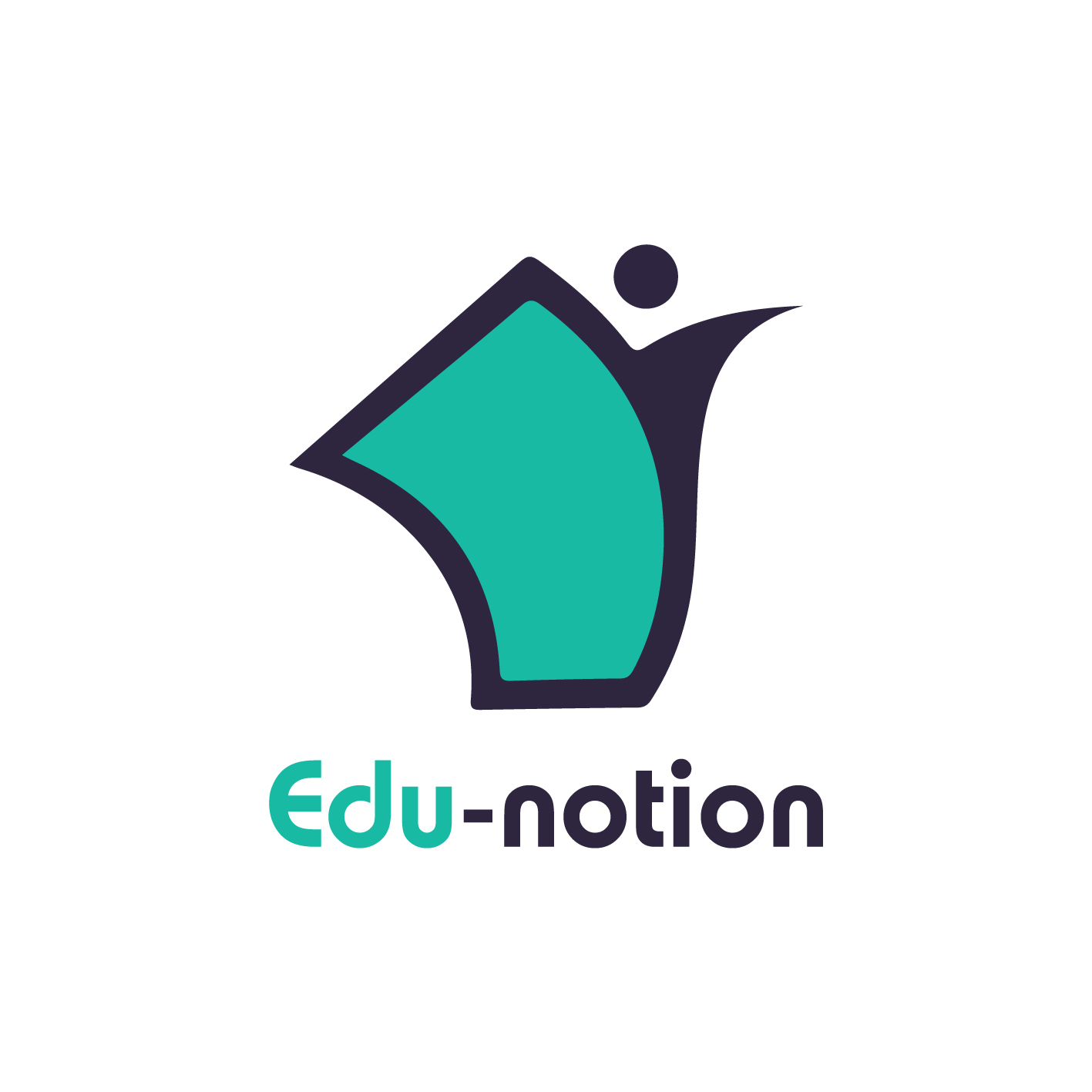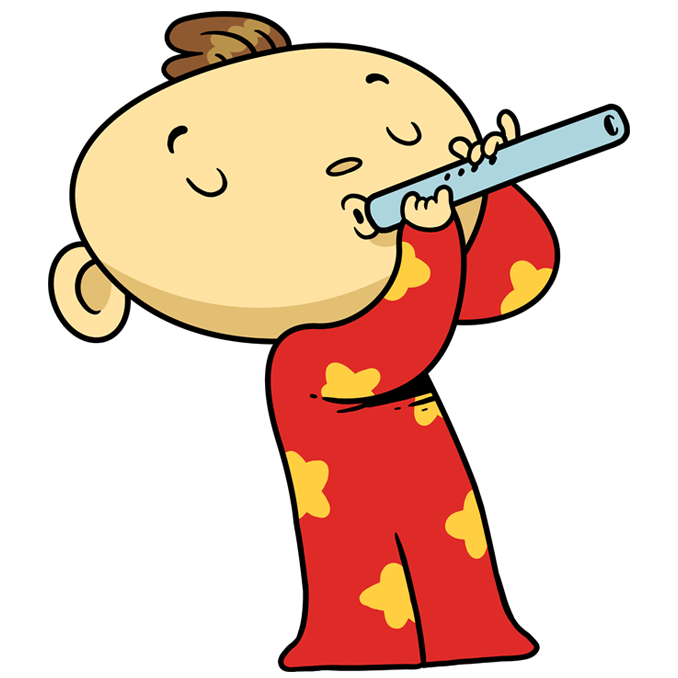5 Ways to Teach Your Kids Arabic
The problem, and our solution!
Our children are increasingly losing interest in their mother tongue “the Arabic language”, and I’m just talking about our spoken Arabic, never mind Classical Arabic “fosha”, which seems like a whole other language all together.
So how can we get them interested in not only speaking and learning Arabic, but loving it and enjoying it too?
We integrate it into their every day lives through fun and play!
At Adam wa mishmish, our philosophy is, if it’s not fun, then it’s not worth doing.
So what do you need to integrate Arabic into your child’s everyday life?
- Music
- movement and dance
- fun activities
- engaging content
- communication (just talk)
1) Music
“Music helps ignite all areas of a child’s development and skills for school readiness, including intellectual, social-emotional, motor, language, and overall literacy. It helps the body and the mind work together.”
Music can actually accelerate brain development, particularly in the areas of language acquisition and reading skills. At Adam wa mishmish, music is at the core of what we do. We write all original music compositions and lyrics in a way we know your child will enjoy, (parents love it too). It’s so easy to integrate into your everyday life. Play Arabic music in the car, while your cooking or playing. Even better, give your child some toys and play a song related to what your child is doing. For example, fill a tub with some water, and give him/her some sea creatures to play with while playing our “under the sea” song.
One fan told us, she played the under the sea song in the car on the way to an aquarium, and was surprised to see her child able to name the animals and repeat words from the song there.
Always looks for quality, not any song will do. It should be catchy, simple, and attractive. The melody and overall composition mood should suit the topic. There needs to be enough repetition of keywords to guarantee that the child will remember it. And that’s exactly what we do at Adam wa mishmish.
2) movement and dance
Imagine telling tour child the word head without reference to what it is? Then touch your head as you say it to him, wouldn’t that be more helpful? Now put the word “head” in a song and have your child touch his head every time the word is mentioned. This applies to learning directions, and any other body part. It’s also so much fun, he’ll ask to hear it over and over, and before you know it, he knows all his body parts in Arabic and is saying then back to you.
3) Activities and play!
In the early years, learning through play is essential. “Play is an important part of a child’s early development. Playing helps young children’s brains to develop and for their language and communication skills to mature. … They teach young children about communication, develop their motor skills and help with problem-solving”
Reference: https://theirworld.org/explainers/learning-through-play-early-childhood-development
There are all kinds of play, sensory, pretend, creative, social, body play and so on. As long as your child is having fun, and engaging, then he’s learning. Just make sure to have a list of key words you’d like to have your child learn and set the theme for play, and use the words without asking tour child to repeat them back to you. If you don’t really have time to play, involve your child in your daily chores, cooking, cleaning, a supermarket run, and make it fun. Say the name of the item you’re using, count together, let him seek the items in the store, tell him we’re looking for carrots and repeat it, maybe show him a photo of it to know what he’s looking for.
4) Engaging content
There is so much content out there for children! Books, songs, cartoons. However, very few of it is in Arabic. And whatever is in Arabic isn’t always of the quality you need.
It should have colorful engaging illustrations, and top quality production, making sure it is made suitable for children without any “hidden agendas”.
That’s why as part of our new curriculum in our application (coming soon), we’ve made a one stop shop for everything you could possibly need! You’ll find over 90 songs and animated videos (some of it exclusive to the app), and over 40 story books and activity sheets too. All engaging and fun with characters we know your children will love and relate to.
5) Communication! (Just talk)
If you speak Arabic fluently, then make an conscious decision to speak it exclusively to your child. You and your partner can decide that each of you speaks one language so as not to confuse your child, making sure that the parent who spends the most time with the child is speaking in Arabic. From birth start describing what you are doing, the names of things around you and all the little details in between. When your child is at a speaking age, make sure to repeat back their words correctly and clearly in Arabic without telling them that it’s wrong and don’t ask them to repeat it back to you. As the saying goes “children do as they see, not as we tell them to”.
Arabic is a tough language to learn, but with the right tools you can make it happen, classical or spoken, you can do it, and with Adam wa Mishmish the journey will be easier and much more fun.



